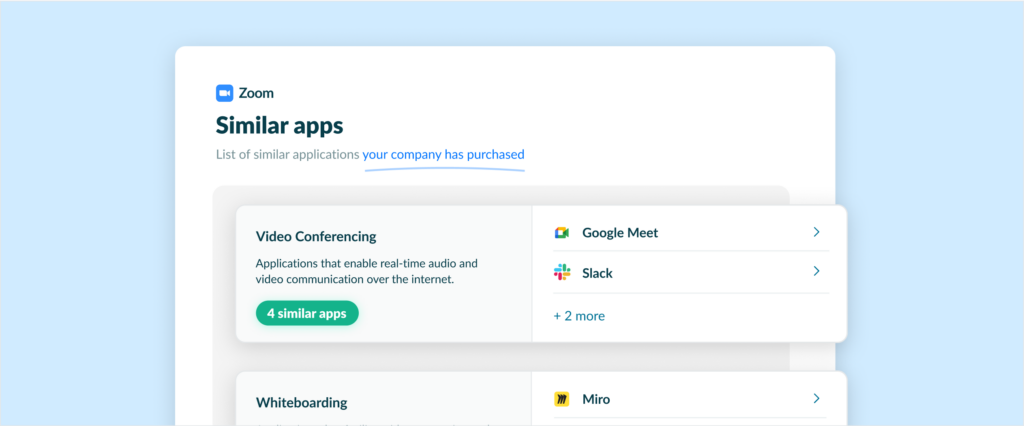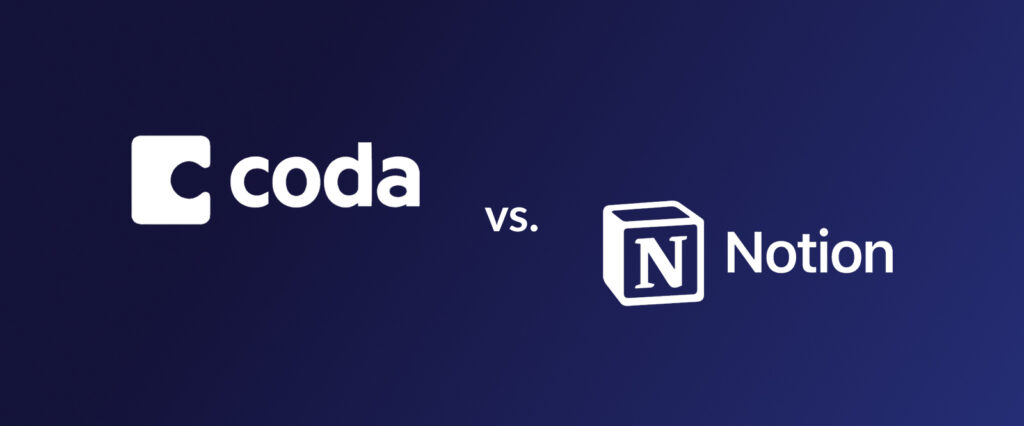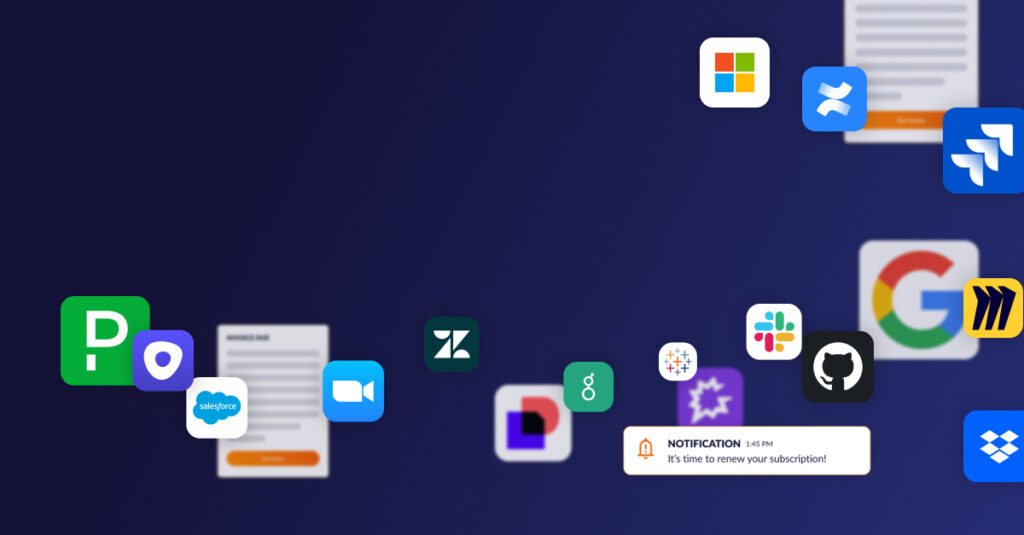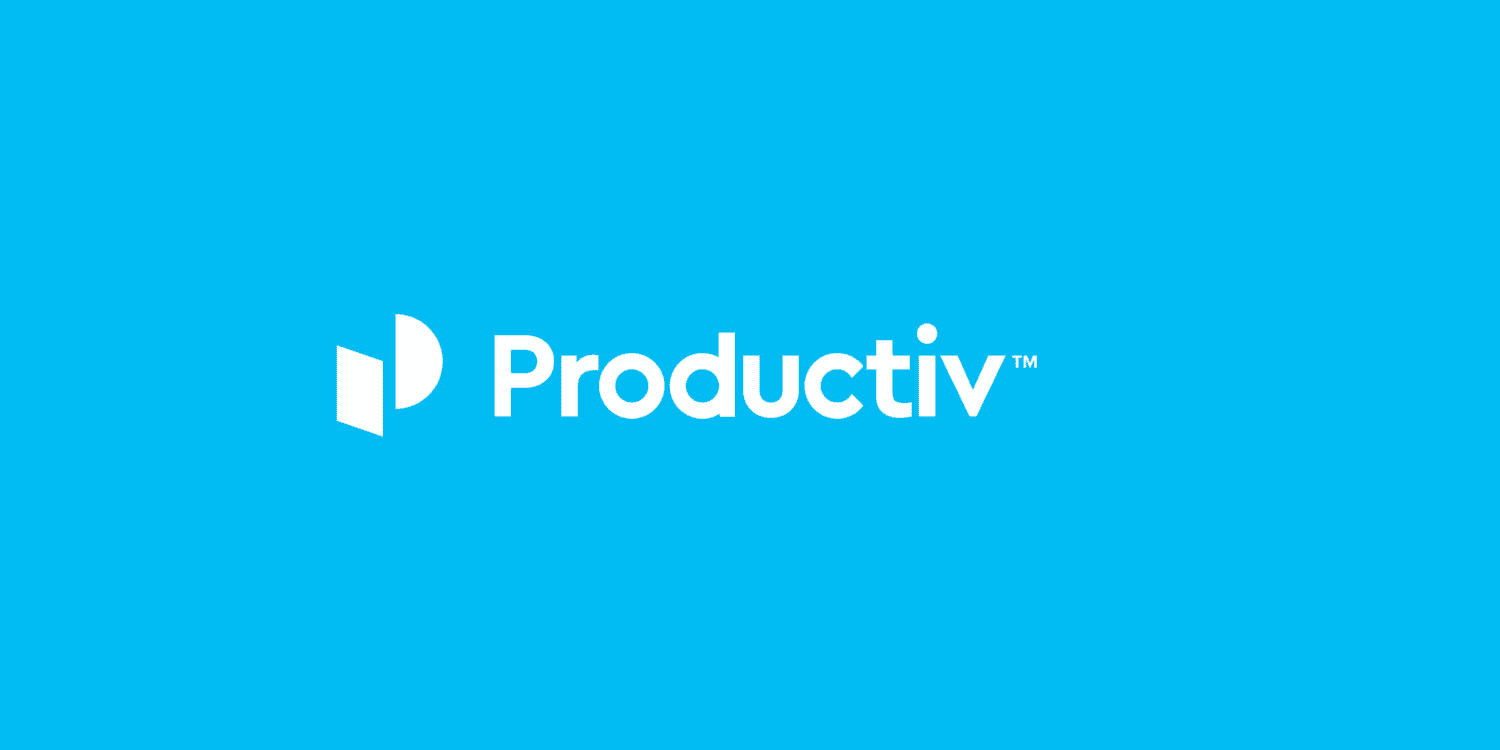
What Are Redundant Apps and How Can You Spot Them Using Productiv?
When Apple launched its famous “There’s an app for that” campaign to promote the power of the iPhone, it was only an inkling of how apps would forever change the way we do business.
Now, SaaS apps have taken the place of most traditional software tools, and for good reason. Rather than paying for single licenses and costly upgrades each time your software gets a makeover, you can opt for ongoing subscriptions that scale with your business (including free updates!) and only pay for what you really need.
But if ever there was too much of a good thing, the software as a service model might fit the bill. Most SaaS tools are designed to tackle just one problem or function. When you stop and think about all of a business’s moving parts, the tools to address each one can quickly start to add up. What’s more, the number of apps used by a company tends to increase with its size.
For a small business or casual user, managing a small SaaS suite isn’t much of a concern. But for large companies (2,000+ employees) that deploy 163 apps on average, app redundancy could pose a serious threat to productivity and profitability.
What are Redundant Apps?
When you have two of something that can accomplish the same goal, one is usually not needed. This is often the case with having multiple SaaS apps, where two or more may fulfill the same end result despite offering slightly different features, functions, or interfaces.
App redundancy occurs in companies of any size, usually due to one or more of the following factors:
- Duplicate apps are purchased by different departments or individuals within the same company
- Users don’t have enough available licenses for a SaaS, so a new SaaS is purchased
- Departmental silos prevent strategizing when purchasing SaaS tools, so similar apps may be purchased instead of consolidating and standardizing company tools
- The original SaaS billing owner left the company, so a new subscription may be purchased without realizing the app is already available for them to use
A 2018 report from Gartner noted that spending on cloud technology is increasing about seven times faster than non-cloud technology. Companies that can better manage app redundancy may be able to curb some of these costs simply by avoiding paying for more than they need.
Why Redundant Apps are a Threat to Business Operations
When left unchecked, app redundancy can wreak havoc on bottom line profits and frontline productivity.
Companies reportedly waste up to 35% of their cloud and software spend, with redundant apps making up a significant portion of wasted funds. When you’re paying for more licenses or seats than you need, or worse, paying for duplicate apps that could be eliminated altogether, those expenditures come directly from your bottom line.
Another byproduct of app redundancy is an overall reduction in productivity. One report noted that the average employee toggles between 28 different apps to complete basic tasks. In many cases, employees have at least five different apps open at all times and switch between ten apps every hour during a typical workday.
This loss of productivity is referred to as app fatigue — too many apps lead to overwhelm and underutilization. A report from RingCentral notes that app fatigue results in as much as 32 lost workdays per year. When redundant apps can be eliminated, though, employees may have fewer apps to navigate between and can recoup some of this lost work time to put toward more value-driving activities.
How Productiv Helps Reduce App Redundancy
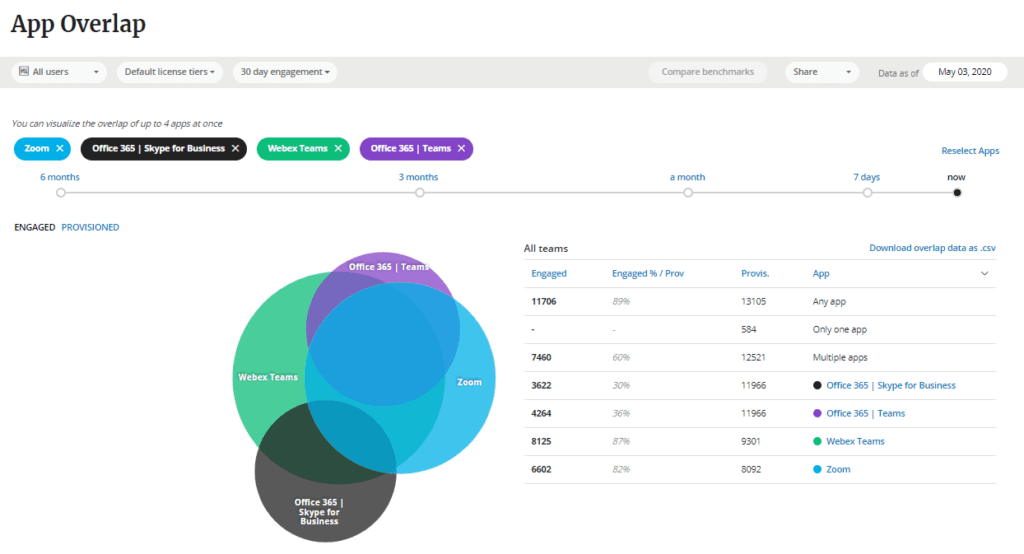
As Apple eluded as early as 2009, there truly is an app for everything — including an app to help you manage your SaaS subscriptions.
Productiv takes a holistic approach to app management by viewing all of your SaaS subscriptions in a single place. Here’s how:
Identify Similar Applications
With a bird’s eye view of your SaaS subscriptions, Productiv goes to work in identifying the purpose each application serves. The goal isn’t just to identify surface-level redundancies, but also pick out the subtle nuances of the different use cases for each app.
Get Real-Time Intelligence Into App Engagement
App log-ins only tell part of the app usage story. Productiv drills in on how each app is being used, as well as who is using the app. Productiv users can identify app engagement on the user and feature levels, along with other attributes to identify usage patterns.
Using this data, Productiv can help company leaders identify which apps may need to be standardized within the company and which ones may be eliminated.
Review App Licenses and Renewal Dates
With all SaaS products in a single place, companies can better manage each of their subscriptions. Having a visual guide for costs, licenses, usage, and renewal dates can help business leaders make key decisions regarding their app spend.
Right-sizing a company’s software licenses ensures you’re not paying for too many licenses, plus it eliminates the need to purchase duplicate subscriptions or similar apps.
Visualize Collaboration Patterns
One of the advantages of using cloud-based apps is to promote better collaboration across the enterprise. With Productiv, business leaders can see exactly how apps are being used in collaborations and which ones are more efficient and effective in promoting communication across departments.
Reduce SaaS Costs
You can only manage what you can see. Once you identify where waste is occurring, you’re better able to make impactful decisions that will curb spending without sacrificing productivity.
Eliminating app redundancy is a great place to start. It takes away apps that aren’t necessary for daily operations without disabling collaboration and communication where it matters most.
Next Steps to Reduce App Redundancy
To move away from app redundancy, you first need to know which apps you use, the purpose they serve, and how they’re being used. Productiv can deliver insights into all of the above to help you optimize your SaaS stack.
Request a demo to see Productiv in action today!
About Productiv:
Productiv is the IT operating system to manage your entire SaaS ecosystem. It centralizes visibility into your tech stack, so CIOs and IT leaders can confidently set strategy, optimize renewals, and empower employees.
Learn more today